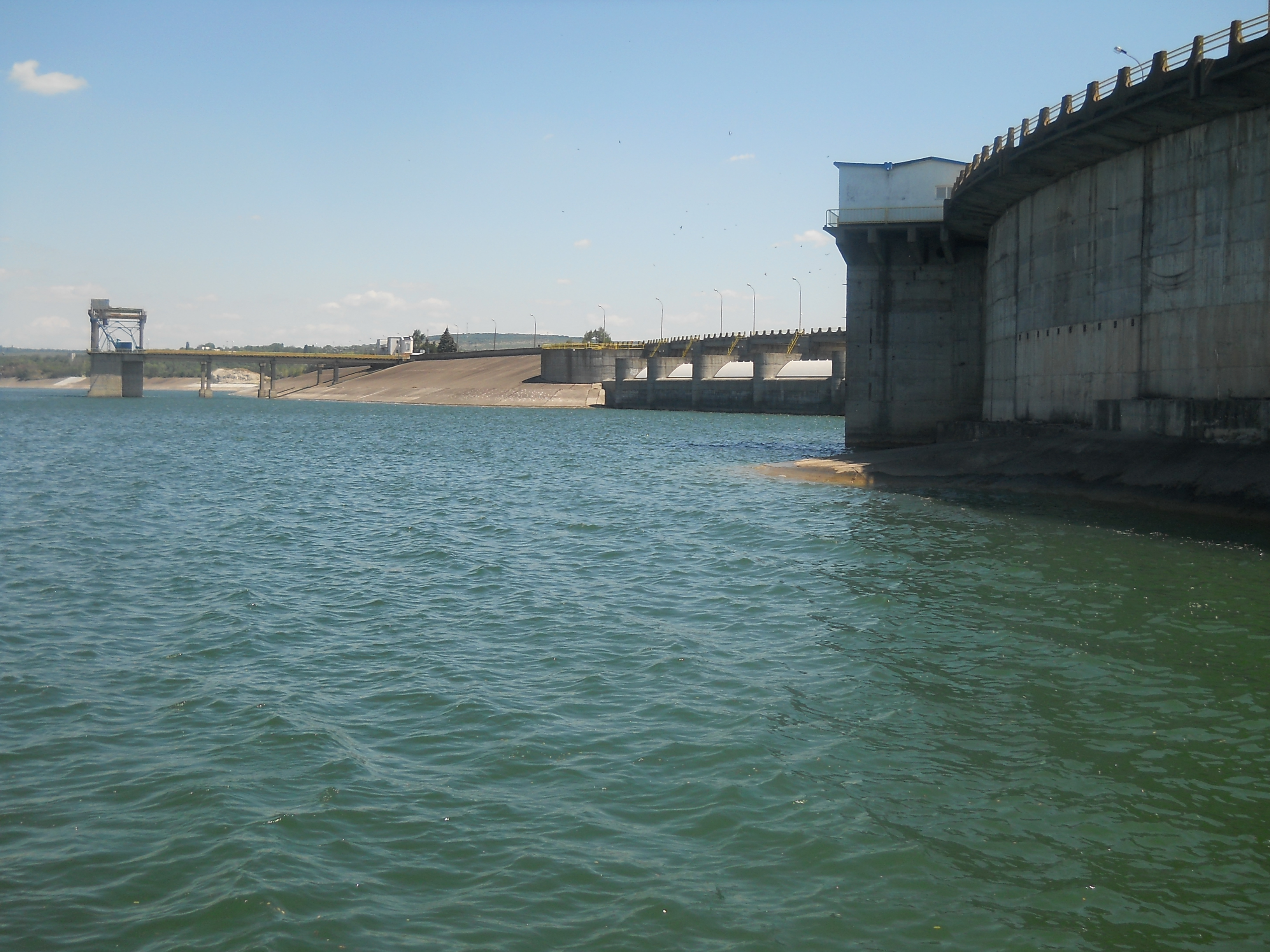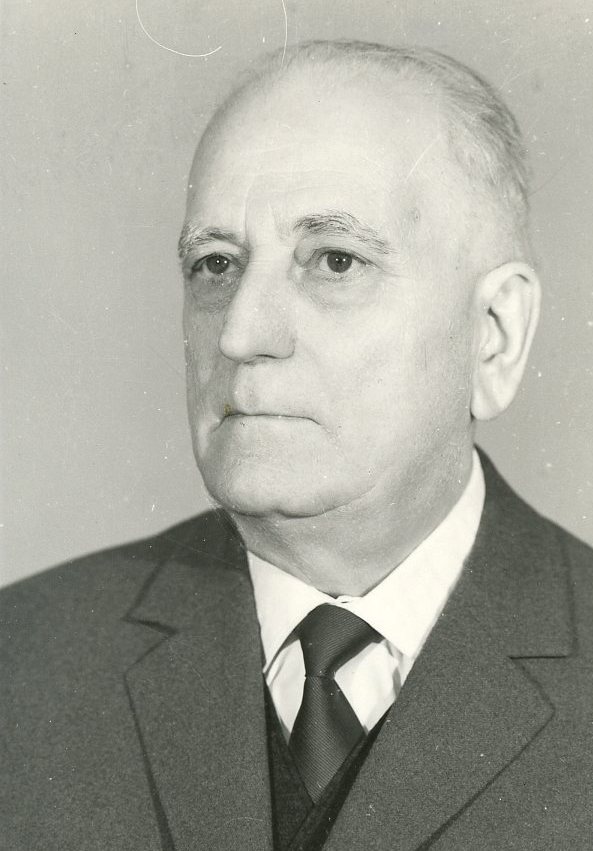|
Trușești
Trușești is a communes of Romania, commune in Botoșani County, Western Moldavia, Romania. It is composed of six villages: Buhăceni, Ciritei, Drislea, Ionășeni, Păsăteni and Trușești. Natives * Demostene Botez References Communes in Botoșani County Localities in Western Moldavia {{Botoşani-geo-stub ... [...More Info...] [...Related Items...] OR: [Wikipedia] [Google] [Baidu] |
Botoșani County
Botoșani County () is a county ( județ) of Romania, in Western Moldavia (encompassing a few villages in neigbhouring Suceava County from Bukovina to the west as well), with the capital town ( ro, Oraș reședință de județ) at Botoșani. Demographics As of 31 October 2011, it had a population of 412,626 and the population density was 83/km2. * Romanians – 94.1% * Romani – 1% * Ukrainians – 0.2% * Lipovans – 0.1% * Other ethnicities – 0.1% * Unknown ethnicity – 4.6% Geography * Botoșani County is situated between the rivers Siret and Prut, in the northeastern part of Romania, bordering Ukraine to the north and Moldova to the east. To the west and south it has borders with Suceava and Iași counties. * It has a total area of , comprising 2.1% of the Romanian territory. * The relief is a high plain, between the valleys of the Siret and the Prut, and the latter's affluent, the Jijia River. * It has a temperate climate, influenced by the easte ... [...More Info...] [...Related Items...] OR: [Wikipedia] [Google] [Baidu] |
Demostene Botez
Demostene Botez (July 2, 1893 – March 18, 1973) was a Romanian poet and prose writer. Born in Trușești (then called ''Hulub''), Botoșani County, his parents were Anghel Botez, a Romanian Orthodox priest, and his wife Ecaterina (''née'' Chirica), the daughter of a priest. After attending the first two grades of school in his native village, in 1900 he was sent to learn at Botoșani and later at Iași. There he was first a student at a private high school and then at the Boarding High School, from which he graduated in 1912. In 1915, he obtained a law degree from the University of Iași. He made his published debut in 1911, in the Iași-based ''Arhiva'' magazine. After seeing frontline action during World War I, he published the short poetry book ''Munții'' (1918), which was prefaced by Garabet Ibrăileanu and received the Romanian Academy's Adamache literary prize. He practiced law in Iași and in Bucharest for several decades, which allowed him to write in relaxed fashio ... [...More Info...] [...Related Items...] OR: [Wikipedia] [Google] [Baidu] |
Communes Of Romania
A commune (''comună'' in Romanian) is the lowest level of administrative subdivision in Romania. There are 2,686 communes in Romania. The commune is the rural subdivision of a county. Urban areas, such as towns and cities within a county, are given the status of ''city'' or ''municipality''. In principle, a commune can contain any size population, but in practice, when a commune becomes relatively urbanised and exceeds approximately 10,000 residents, it is usually granted city status. Although cities are on the same administrative level as communes, their local governments are structured in a way that gives them more power. Some urban or semi-urban areas of fewer than 10,000 inhabitants have also been given city status. Each commune is administered by a mayor (''primar'' in Romanian). A commune is made up of one or more villages which do not themselves have an administrative function. Communes, like cities, correspond to the European Union's level 2 local administrative un ... [...More Info...] [...Related Items...] OR: [Wikipedia] [Google] [Baidu] |
Western Moldavia
Moldavia ( ro, Moldova), also called Western Moldavia or Romanian Moldavia, is the historic and geographical part of the former Principality of Moldavia situated in eastern and north-eastern Romania. Until its union with Wallachia in 1859, the Principality of Moldavia also included, at various times in its history, the regions of Bessarabia (with the Budjak), all of Bukovina, and Hertsa; the larger part of the former is nowadays the independent state of Moldova, while the rest of it, the northern part of Bukovina, and Hertsa form territories of Ukraine. Romanian Moldavia consists of eight counties, spanning over 18% of Romania's territory. Six out of the 8 counties make up Romania's designated Nord-Est development region, while the two southern counties are included within Romania's Sud-Est development region. History Moldavian dialect The delimitation of the Moldavian dialect, as with all other Romanian dialects, is made primarily by analyzing its phonetic features and ... [...More Info...] [...Related Items...] OR: [Wikipedia] [Google] [Baidu] |
Romania
Romania ( ; ro, România ) is a country located at the crossroads of Central, Eastern, and Southeastern Europe. It borders Bulgaria to the south, Ukraine to the north, Hungary to the west, Serbia to the southwest, Moldova to the east, and the Black Sea to the southeast. It has a predominantly temperate-continental climate, and an area of , with a population of around 19 million. Romania is the twelfth-largest country in Europe and the sixth-most populous member state of the European Union. Its capital and largest city is Bucharest, followed by Iași, Cluj-Napoca, Timișoara, Constanța, Craiova, Brașov, and Galați. The Danube, Europe's second-longest river, rises in Germany's Black Forest and flows in a southeasterly direction for , before emptying into Romania's Danube Delta. The Carpathian Mountains, which cross Romania from the north to the southwest, include Moldoveanu Peak, at an altitude of . Settlement in what is now Romania began in the Lower Paleolithic, with ... [...More Info...] [...Related Items...] OR: [Wikipedia] [Google] [Baidu] |
Communes In Botoșani County
An intentional community is a voluntary residential community which is designed to have a high degree of social cohesion and teamwork from the start. The members of an intentional community typically hold a common social, political, religious, or spiritual vision, and typically share responsibilities and property. This way of life is sometimes characterized as an " alternative lifestyle". Intentional communities can be seen as social experiments or communal experiments. The multitude of intentional communities includes collective households, cohousing communities, coliving, ecovillages, monasteries, survivalist retreats, kibbutzim, hutterites, ashrams, and housing cooperatives. History Ashrams are likely the earliest intentional communities founded around 1500 BCE, while Buddhist monasteries appeared around 500 BCE. Pythagoras founded an intellectual vegetarian commune in about 525 BCE in southern Italy. Hundreds of modern intentional communities were formed ac ... [...More Info...] [...Related Items...] OR: [Wikipedia] [Google] [Baidu] |


